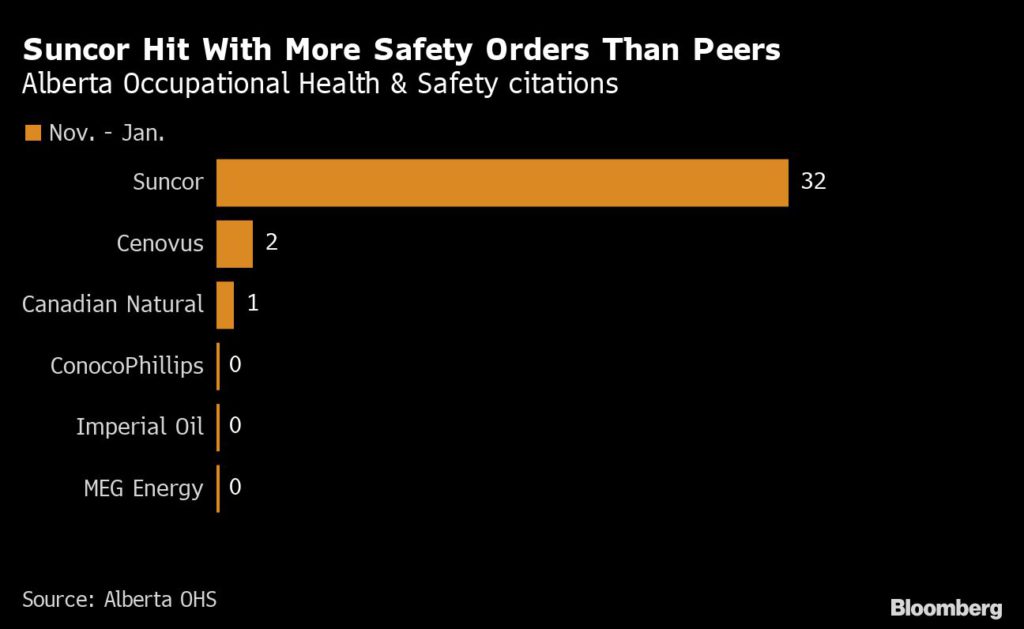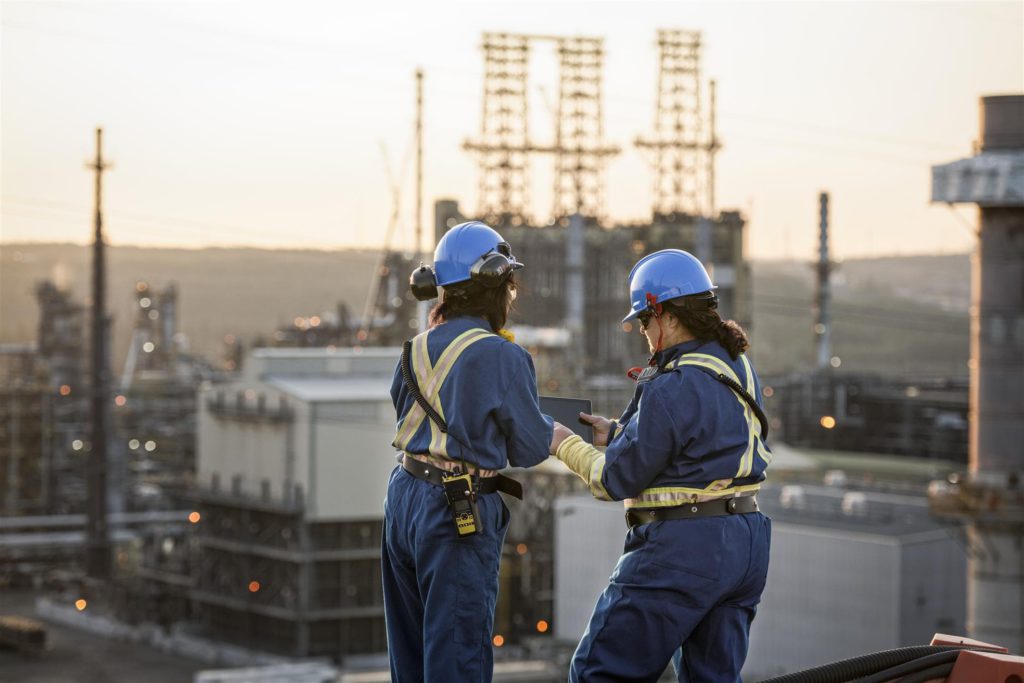By Dr. Tim Sandle
August 12, 2025

Space to work? — Image by © Tim Sandle
The term ‘presenteeism’ is well-established, this is when employees feel too guilty to call in sick or force themselves to work when their mental health is not up to it. Now there’s a relatively new workplace trend on the rise known as ‘clock botching’.
This recently coined item of jargon refers to employees who appear to be clocked in, but are not meaningfully engaged in their work.
While both behaviours can stem from a sense of obligation, the impact on individuals and businesses can be quietly damaging.
Guy Thornton, the founder of PracticeAptitudeTests.com, tells Digital Journal how these two trends compare, what causes them, and what employees and employers can do if they notice the signs.
What is ‘clock botching’ and how does it compare to presenteeism?
Thornton explains: “Clock botching is similar to presenteeism, but instead of forcing yourself into the office or logging on when you’re clearly unwell or burnt out, it’s what happens when you’re physically present but mentally checked out.
“It might mean stretching a two-hour task across an entire day, half-engaging on video calls, or generally drifting through the workday while running on empty.
“Presenteeism is often about overperforming despite poor health. Clock botching, on the other hand, is about underperforming due to emotional fatigue, disconnection, or a lack of purpose.”
Why are these trends taking hold?
As to the current trajectory, Thornton discerns: “Both behaviours are symptoms of a wider problem. Today’s work culture can reward visibility over output, and with hybrid and remote working now the norm, it’s easier than ever to appear present without fully engaging.
“With presenteeism, the pressure comes from within or from above, usually to keep up appearances, not fall behind, or avoid being seen as unreliable.
“With clock botching, there’s often a sense of low morale, frustration, or burnout. It’s not about laziness. It’s about employees feeling stuck or unsupported, leading to quiet withdrawal.”
What are the impacts?
Any repeated unwanted behaviour adversely impacts the ebb and flow of work. Here Thornton opines: “The risks are surprisingly similar. Both presenteeism and clock botching lead to reduced productivity, poorer outcomes, and a ripple effect across teams.
“Someone forcing themselves to push through when they’re unwell is likely to make mistakes, while someone disengaged may miss deadlines or quietly fall behind.
“In both cases, other team members may be left to pick up the slack, leading to resentment or a dip in morale. If this continues over time, it can cause long-term damage to company culture.
“For businesses, the cost is hidden but real. Disengaged or burnt-out teams don’t just underperform; they’re also more likely to leave.”
What to do if you recognise the signs?
For the good employer, how doe they know if these traits are becoming manifest in the workforce. Thornton thinks: “If you’ve ever forced yourself into work while feeling unwell or found yourself aimlessly clicking around your inbox while mentally elsewhere, you could be slipping into either presenteeism or clock botching, and they’re worth taking seriously.
“Experiencing either of these behaviours doesn’t mean you’re lazy or unreliable. More often than not, it’s the result of burnout, stress, or a lack of support. But the first step is recognising the signs and allowing yourself to step back.
“If you’re regularly feeling foggy, demotivated, or disconnected, that’s your signal to reassess. Taking time off when you need it is an act of self-preservation, not weakness.
“It can be as simple as taking a proper lunch break, finishing on time, or setting clear boundaries around work and rest. Talking to someone, using your leave, and resting when you are unwell are also really important.”
Why it’s important to acknowledge the problem
As to what employers could – should – be doing, Thornton recommends: “Resting when you’re ill or mentally drained will likely lead to a quicker recovery, allowing you to return to work refreshed and ready.
“Taking a sick day, being honest about how you’re feeling, or even just stepping back for an afternoon to reset can lead to better work, stronger performance, and more job satisfaction in the long run.”
Op-Ed: The four-day week – Finally updating an obsolete social script
 |
| 1933 |
By Paul Wallis
EDITOR AT LARGE
August 12, 2025
The four-day week has been hanging around for a while, frightening the employment sector with strange new implications. It’s now a major initiative in Australia, with strong national union backing.
The employment sector is famous for its lack of ideas and innovation. Words like “productivity“ continue to buzz around like flies, like they still mean something.
To understand the shabby logic of this situation:
The employment sector demanded “return to the office” while failing to recognize that employees and contractors having more time and space naturally made them more productive.
It also failed to understand that the massive costs of offices, insurance, OHS, and the rest of the circus could be easily saved.
Defusing the constant stress of office environments was a positive. That didn’t register either.
Mindless commuting isn’t productive. It costs employers and employees time and money, which is otherwise lost to both.
Time management is much easier with flexible working environments. It makes it easier to meet deadlines, too.
So, what price the four-day week? Employers obviously haven’t done the numbers. Nor are they noticing multiple studies worldwide regarding the comparative values of a four-day week.
The negative response is pretty much standard. These are the descendants of management that had to be dragged screaming into the 8-hour day. Innovation is very much a constant buzzword, but so is “NIMBY”, which seems to be the net response so far.
This lack of comprehension is more than ironic in so many ways.
AI is coming.
The entire workforce and the nature of work will change beyond recognition.
Workplaces will be reconfigured to any extent within a decade.
Time will be the sole currency for the value of work and skills.
The office itself will be redundant.
We’re not talking chatbot-level AI here. Processing of everything from accounts to inventory to orders to value and risk assessments will be integrated.
Try fitting that into a conventional timeframe. It’s absurd. Time is devoted to operational needs. It’s like Parkinson’s Law, a bit more evolved and somewhat more cynical.
The value of the work is the issue, not the time spent on it. Anyone can be a bit of office furniture for 40 years. What’s the value of the work?
The modern workplace is more of a time abuser than an efficient time user. Remember the idiotic “workaholic” idea? Doing a job that’s supposed to fit into 7 hours somehow became better if you did the same job in 12 hours?
These days, you can do a lot more in one day than in five. Proper use of time can’t be straitjacketed into 8 hours or 5 days. Nor can you assume that the value of the work done is solely defined by time.
Flexitime is an old idea, invented in that most frivolous of countries, Germany. The idea was that you managed your time according to a basic 140-hour month. Your productivity was overseen. You had the option to manage your time and do your work according to need. You could earn a day off by simply doing the hours required within that month.
A four-day week is simply a more realistic approach to the realities of modern time commitments. Don’t hold your breath waiting for anyone to figure that out anytime soon.
















 A New York state law aims to penalize helicopter companies that make too much noise. — © AFP
A New York state law aims to penalize helicopter companies that make too much noise. — © AFP



